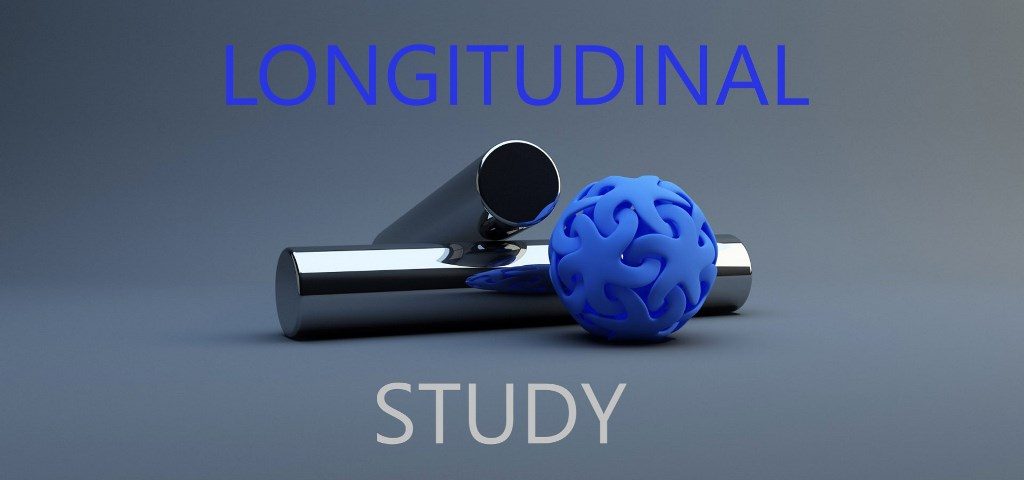Longitudinal research is a research design that has unique characteristics. Longitudinal research is carried out in a relatively long time. The costs incurred are also often not small because it involves monitoring developments or changes that occur in the research sample.
This post will attempt to provide an initial explanation of what longitudinal research is. This research design is often used in social research, such as sociology, psychology, public policy, and public health. The main characteristic of longitudinal research is that it uses data over a certain length of time.
Definition of longitudinal research
Longitudinal research is research that uses data over a long period of time . How long the length of time in question is very relative. However, the emphasis of longitudinal research is actually on the extension or extension of the survey conducted. The renewal is periodic.
Thus, longitudinal research can also be understood as an extension of periodic survey research. At least, the survey was conducted twice with a predetermined time span from the beginning. This research data collection technique usually uses a questionnaire or structured interview. The researcher determines the time span between when the data is first taken from the sample, when the sample is taken again, until the third time and so on depending on how long the time span is.
A more detailed explanation of longitudinal research usually leads to the classification of this research design into two types: panel studies and cohort studies. To understand the two types of designs, it’s a good idea to move on to the examples section below:
Example of longitudinal research
Understanding longitudinal research is actually quite easy. The research design is not much different from other studies such as surveys. For example, we will conduct research on the changing characteristics of youth violence in a city where brawls often occur.
To conduct a longitudinal research, we first conduct a survey with a questionnaire and/or interview the youth selected as the sample. The identities of the participants or young people are recorded carefully and stored neatly in the archives. The first survey was conducted with variables that had been carefully arranged.
As mentioned earlier, this research uses a clear timeframe. For example, every five years we go to the same young people to see changes or developments in their characteristics. There is no stipulation on the number of times participants are returned to be surveyed, but usually they are re-surveyed at least twice.
The results of the second, third and so on surveys will show what changes have occurred to these young people who may not be classified as young people in the third survey and so on. With this research design, it is possible to know the changes in the characteristics of violence as the focus of the research.
Difference between panel and cohort study
We return to the difference between a panel study and a cohort study.
Panel studies generally use data at the national level. The data collected can be in several different cases, such as organizations, households, schools, and so on.
For example, a study on household economic development in Indonesia. Researchers of course not only survey the household income of the participants but also the number of family members, the existing public facilities where they live, monthly expenses, and so on. Within a certain period of time, the surveyed households were visited again to see their progress.
While cohort studies have characteristics in individual surveys with the same characteristics. Often they are of the same generation or born in the same year or have had the same experience in the same time frame, such as getting married, getting a job, being fired, and so on.
For example, we want to know the mental development of children born in 2000. First we want to examine how mentally they are when exposed to gadgets and the internet , then we also want to know their lives as teenagers, and so on.
At this point, we hope that we have an initial picture of what longitudinal research is. The keywords that I can give here as material to remember are follow up . Longitudinal research has the characteristics of follow-up, which is to follow up research participants who have been previously surveyed or interviewed periodically at least once. The follow-up period was determined from the start of the study.


